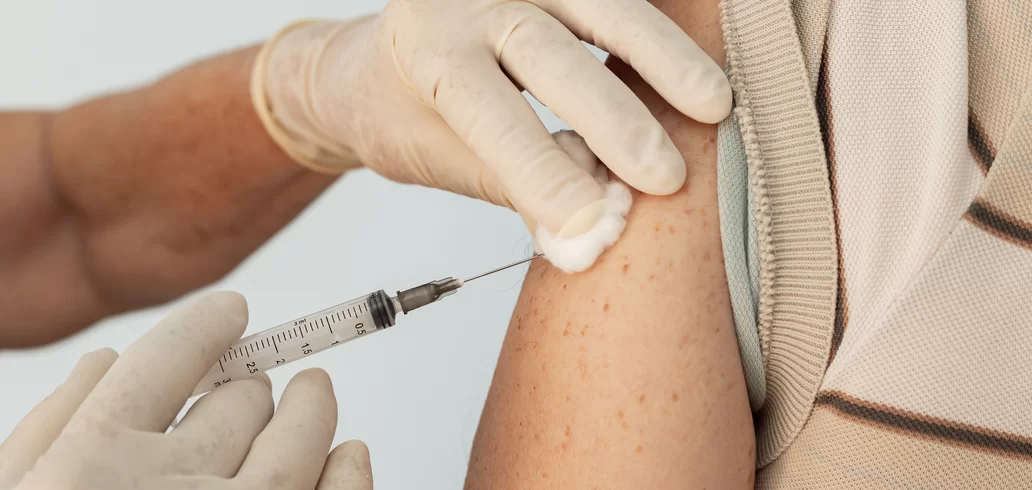Curiosities
Why do we have fingerprints?
Advertisement
Fingerprints are unique to each individual, even between identical twins, because they are determined by a complex combination of genetic and environmental factors. This uniqueness makes fingerprints a valuable tool for personal identification in forensic applications, security and even for unlocking electronic devices such as smartphones.
What do fingerprints tell us?
Fingerprints can provide a variety of useful information about a person. Here are some of the main aspects that fingerprints can reveal:
1. Personal identification: Fingerprints are unique to each individual and can be used to reliably identify a person. This is especially useful in forensic applications, where fingerprints collected at a crime scene can be compared with the fingerprints of suspects to determine whether they were present at the scene.
2. Criminal History: Fingerprints are often collected during the criminal identification process and are stored in fingerprint databases. This allows law enforcement to quickly identify suspects based on their fingerprints and also track repeat offenders.
3. Security and authentication: Fingerprints are used in a variety of security and authentication systems, such as unlocking smartphones, accessing secure buildings, and controlling access to computers and networks. Because fingerprints are unique to each person, they provide an effective method of ensuring that only authorized individuals have access to certain resources or information.
4. Health and well-being: In some cases, fingerprint characteristics can provide insights into a person’s health and well-being. For example, certain patterns in fingerprints may be associated with specific medical conditions, such as carpal tunnel syndrome, cardiovascular disease, and even certain types of cancer. This area of study, known as medical dermatoglyphics, is still in development, but it has the potential to provide useful information for diagnosing and treating diseases.
In short, fingerprints are a unique and valuable feature of the human body, with a variety of applications ranging from personal identification to security and health.
More information about fingerprints
Sure, here is some additional information about fingerprints:
1. **Types of Fingerprints:** There are three main types of fingerprints: arches, loops, and swirls. Arches are arch-shaped patterns, loops form a loop-shaped pattern, and swirls are characterized by circular or spiral patterns.
2. **Fingerprint Patterns:** Within the basic types of fingerprints, there are several subcategories of patterns, such as simple arches, double arches, radial and ulnar loops, simple swirls, and complex swirls. Each person has a unique combination of these patterns on their fingers.
3. **Fingerprint Persistence:** Fingerprints are extremely persistent throughout a person's life. They generally remain unchanged from birth until death, unless some type of serious injury to the skin occurs, such as severe burns or amputations.
4. **Fingerprint Variation:** Although fingerprints are unique to each individual, they also exhibit variation within a single person. For example, the same person may have slightly different fingerprints on each finger, and even the same fingerprint may vary slightly from one collection to the next due to factors such as the pressure applied during collection.
5. **Fingerprint Development:** Fingerprints begin to form in the womb around the 10th week of gestation and are fully developed by about the 24th week. During this critical period of development, genetic and environmental factors influence fingerprint formation.
6. **Use in Technology:** In addition to forensic and security applications, fingerprints are also widely used in biometric technology. Fingerprint sensors capture an image of the tiny bumps and valleys present on the surface of the skin on the fingers, converting them into a unique digital pattern that can be used for personal identification or authentication.
Fingerprints are fascinating in their uniqueness and persistence, and their usefulness in a variety of applications makes their study and understanding a significant area of interest in fields ranging from forensic science to security and healthcare technology.
Trending Topics

Open positions that pay between $17 and $36 per day
We'll show you the top booming sectors in Germany, based on labor demand and average daily and monthly wages.
Keep ReadingYou may also like

Wine in Ancient Rome May Have Tasted 'Spicy', Study Says
A study reveals that the taste of wine in ancient Rome may have been surprisingly spicy, defying expectations about the beverage.
Keep Reading


